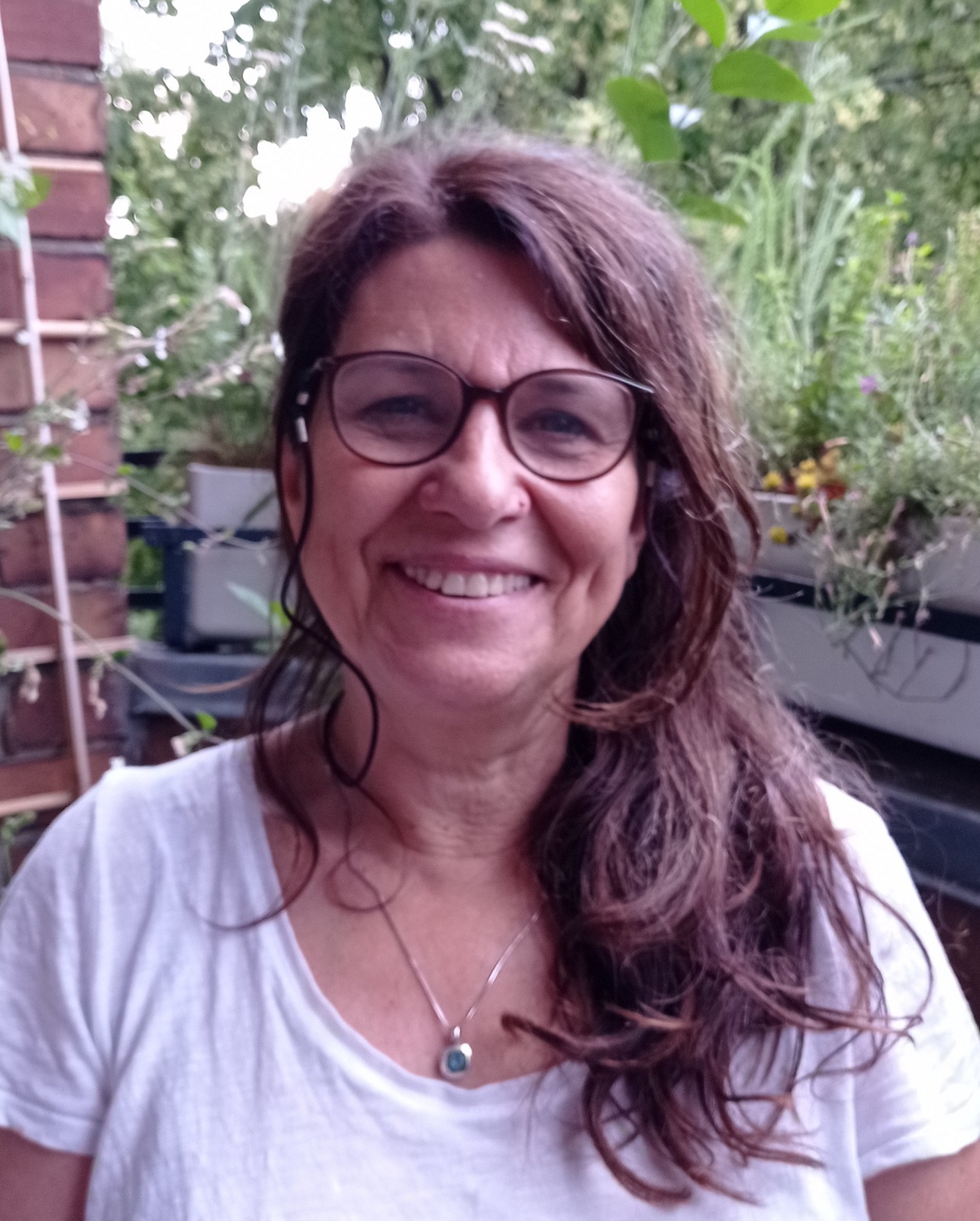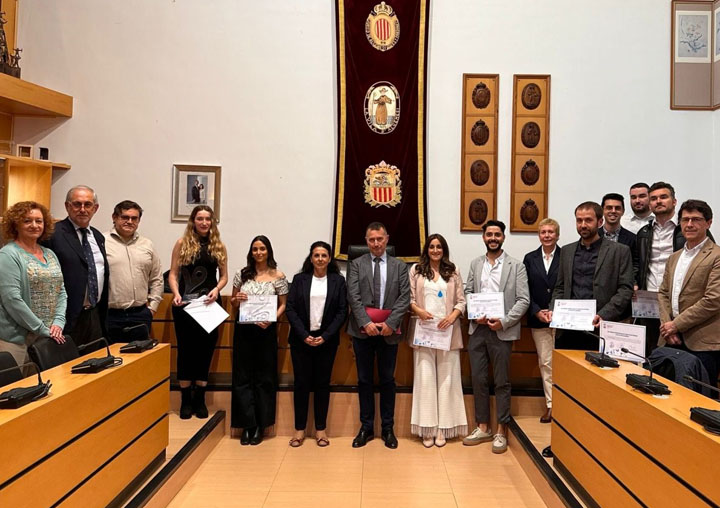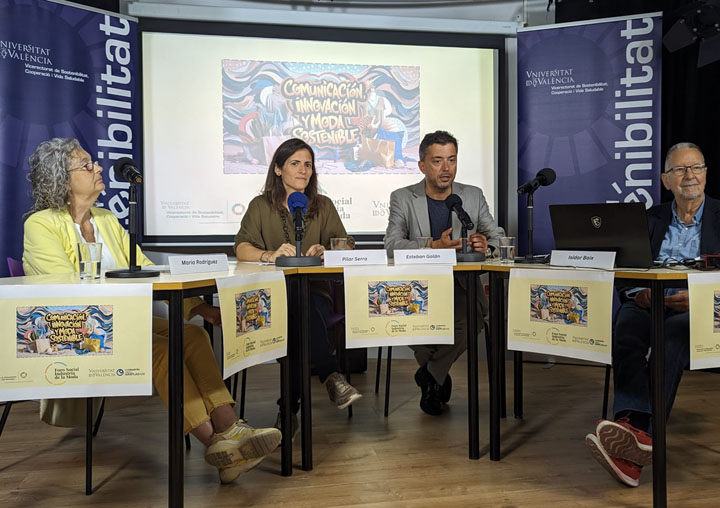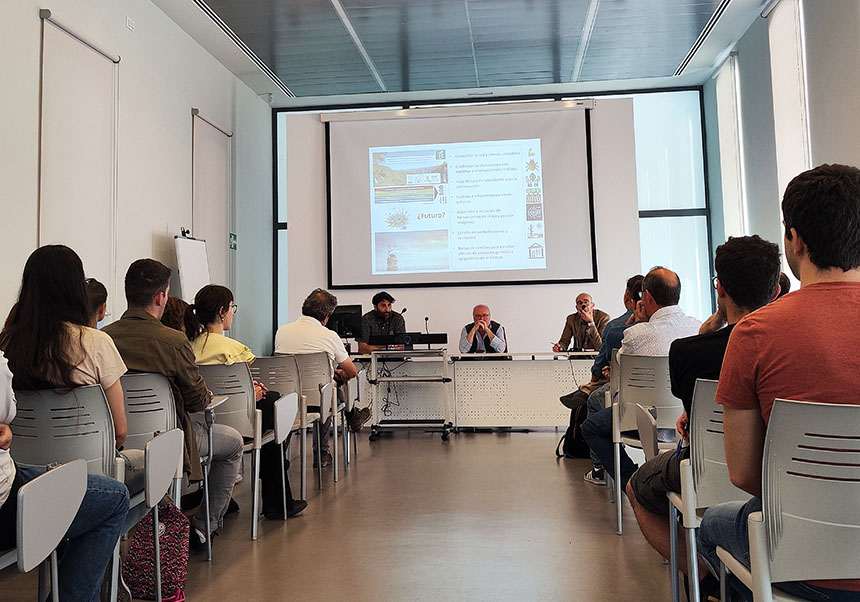The scientific method to find a partner by Benito J. Feijoo, three centuries before the Tinder and OKcupid algorithms
- Scientific Culture and Innovation Unit
- January 28th, 2022
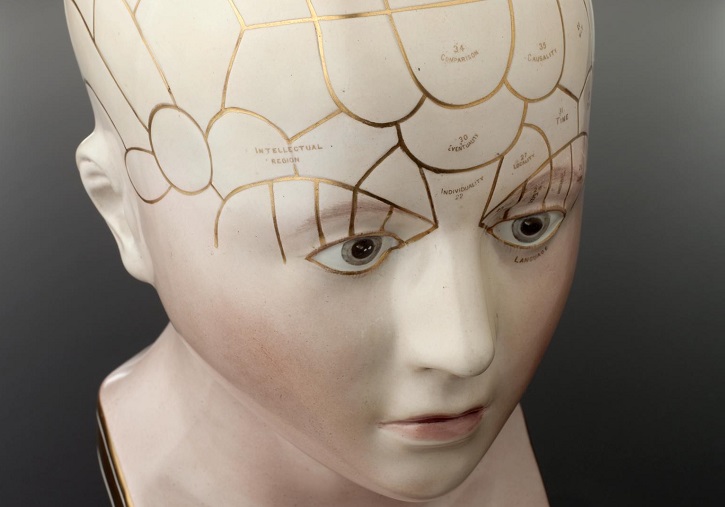
Is there a history of matching? What intellectual tools have been used to determine the suitability of a partner? What role did the eighteenth-century philosopher Benito J. Feijoo play in investigating how the feeling of love arises and what effects does it have on lovers? Elena Serrano, a researcher at the University of Valencia (UV), has published an article in which she analyses the issue, within the framework of the European project CIRGEN (endowed with a 2.5 million euro Advanced Grant).
CIRGEN (Circulating Gender in the Global Enlightenment: Ideas, Network, Agencies, (https://cirgen.eu/) analyses the creation and circulation of gender identities and roles in Europe and America in the eighteenth century, and is the first project in humanities and social sciences that obtains this funding from the European Research Council (ERC) in the Valencian Community.The project is attached to the University Institute of Women Studies, linked to the Department of Modern and Contemporary History of the UV, and its team researcher is made up entirely of women.
Benito J. Feijoo (1676-1764), one of the most popular Spanish natural philosophers in Europe and the Hispanic world during the eighteenth century, believed in the intellectual equality of men and women and also in equality when it comes to feeling emotions, “passions” as they were known at the time. Thus, men and women would experience the feeling of love in the same way, which broke with the alleged differences between the female body (which would have a greater sensibility, especially in love and sexual matters according to some models) compared to the male one. “This article in the internationalhistory of science journal ISIS adds to the recent historiography that has shown that several models, even contradictory, of male and female bodies coexisted at the time”, according to Elena Serrano.
The also researcher at the University Institute of Women Studies (IUED) of the UV explains how, in hisaccount about the causes of love, Feijoo was based on a mechanical physiology, in which nerves connected soul and imagination, senses, brain, heart and genitals. It was the mechanical interactions between these elements that produced the feelings of love. The article also examines how, according to Feijoo, the character of a person could be discerned at first sight, due to this close relationship between body and soul, and how to govern the feeling of love by training the imagination.
This research was born to respond to how societies have historically used intellectual tools to determine the suitability of couples. Elena Serrano maintains that the history of the love match is part of the history of the social sciences. “The concern to find more reliable techniques with which to determine the suitability of couples has been an essential part of both the maintenance of social order and the configuration of subjectivities, reinforcing and subverting at the same time the structures of age, gender, race and sexuality. The science of love, to put it in a very eighteenth-century phrase, would also be a “science of applied social harmony”, explains the historian.
Researching the history of matchmaking technologies
The project was born inspired by the statements of one of the OKcupid creators, one of the most popular online dating platforms, in which he claimed that its algorithms were capable of finding which people would pair up by analysing user behaviour and their responses to a series of questions. “In other words, according to Christian Rudder, there would be a scientific method to find a partner. However, although this might seem like an exclusively contemporary issue, there is a broad legacy”, according to Elena Serrano.
Thus, these researchers and researchers took four small samples: astrology in the fifteenth century in Italy, the radical socialist utopias imagined by Charles Fourier and phrenology in North America at the end of the nineteenth century, together with Feijoo’s ideas about the amorous passions.
“In most of samples, the pairing presupposed monogamy and heterosexuality. However, Feijoo was adamant about the symmetry between the male and female nervous systems, and Fourier devised a system for finding a mate in which, in his perfect society, both older people, particularly women, and people of different sexualities were not relegated to favour healthy heterosexual young people”, according to Elena Serrano.
Article: Elena Serrano “A Feminist Physiology: B. J. Feijoo (1676–1764) and His Advice for Those in Love”. Isis. Volume 112, Number 4. DOI: https://doi.org/10.1086/716879
Annex photo caption:
- Elena Serrano, researcher at the Institute for Women Studies (IUED) of the University of Valencia and the European project CIRGEN.



